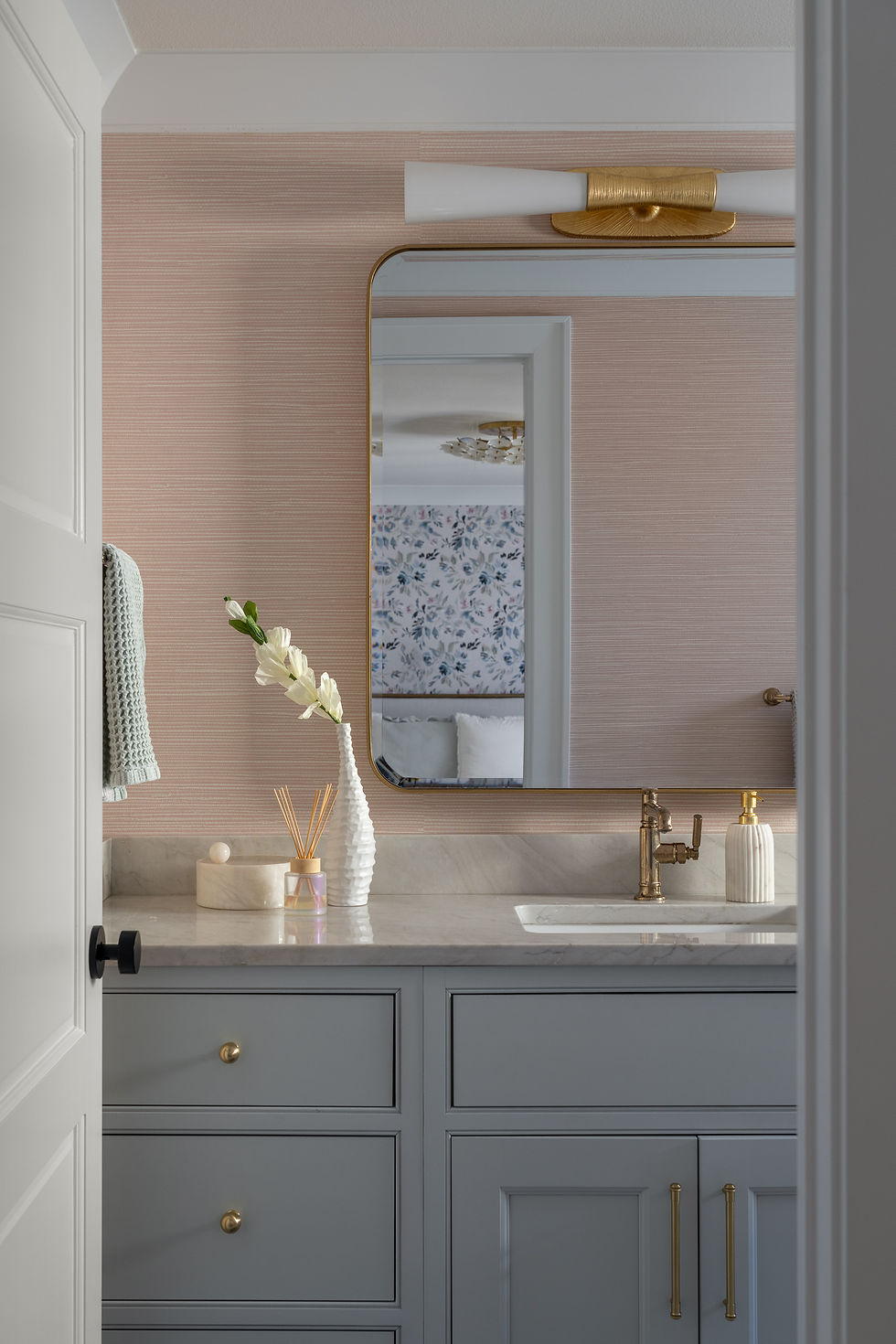Spiral Staircase: Design and Function
- Connor Cedro
- Sep 17
- 2 min read
A spiral staircase is one of the most striking and practical architectural features you can add to a home or building. Known for its winding, circular design, it combines beauty with efficiency. Unlike straight staircases, which need long stretches of space, a spiral staircase curves around a central pole, saving room and creating a unique focal point. This mix of function and style has made spiral staircases popular in homes, lofts, offices, and even outdoor settings.

Space-Saving Benefits
One of the biggest advantages of a spiral staircase is its compact footprint. Because the steps curve around a central column, the entire staircase can fit into a much smaller area than a traditional straight stair. This makes it ideal for small apartments, tiny houses, or areas where space is limited, such as attics or mezzanines. Even in larger homes, a spiral staircase can provide access to upper levels without taking up valuable floor space.
Design Appeal
Beyond functionality, spiral staircases are visually stunning. Their curved lines draw the eye and add elegance to any room. They can be built in a variety of styles, from classic wrought iron to sleek glass and steel. Wood spiral staircases create warmth and fit well in traditional interiors, while metal versions give a more modern, industrial look. Custom designs can include railings with decorative patterns, floating steps, or combinations of materials for a unique effect.
Indoor and Outdoor Uses
Spiral staircases are not limited to interiors. They are also common in outdoor spaces. For example, they are often used to connect decks, balconies, or rooftop terraces. Made with weather-resistant materials like galvanized steel or treated wood, outdoor spiral staircases are both durable and stylish. Indoors, they are frequently installed as secondary staircases for lofts, libraries, or studio spaces, where their compact size and charm are appreciated.
Practical Considerations
While spiral staircases offer many benefits, they are not without limitations. Because of their design, the steps are narrower on the inside and wider on the outside. This can make climbing or carrying large objects more challenging compared to straight stairs. Building codes may also set specific requirements for minimum width, railing height, and step depth to ensure safety. For families with young children or elderly members, choosing a spiral staircase with sturdy railings and non-slip treads is especially important.
Installation and Cost
The cost of a spiral staircase varies depending on size, materials, and customization. Prefabricated kits made of steel or wood are available at more affordable prices and can be installed relatively quickly. Custom designs, especially those that use premium materials or complex patterns, are more expensive but add long-term value and unique character to the property. Professional installation ensures the staircase is safe, stable, and compliant with local codes.
Conclusion
A spiral staircase is more than just a way to move between floors. It is a statement piece that blends function with artistry. With its space-saving design, aesthetic versatility, and ability to fit indoors or outdoors, it offers homeowners and designers a creative solution for both small and large spaces. Whether you choose a simple kit or a custom-built design, a spiral staircase adds style and practicality that few other architectural elements can match.




Comments